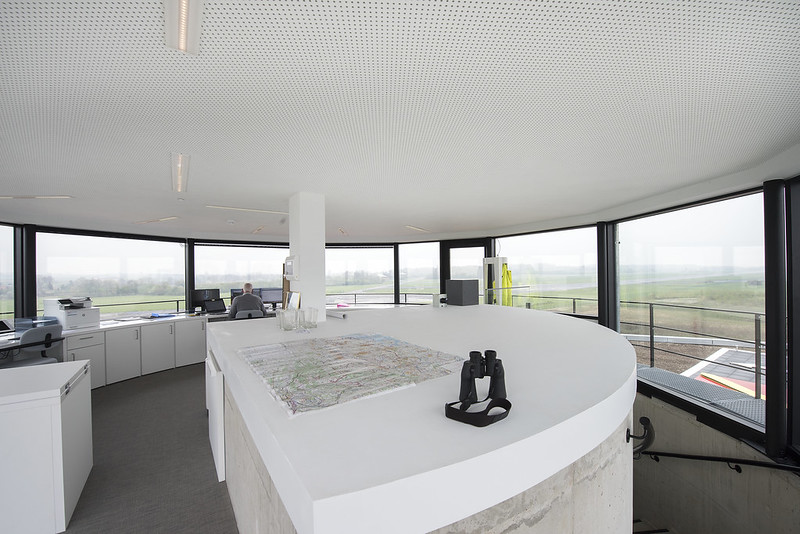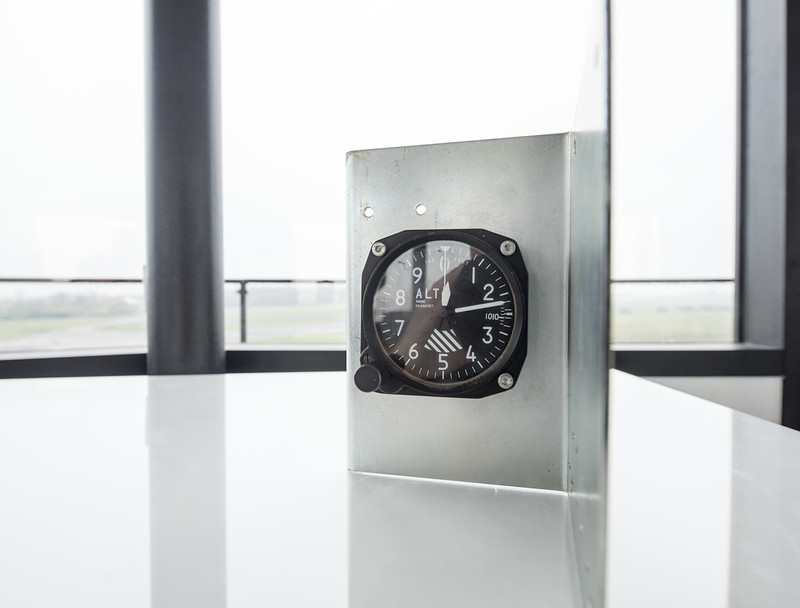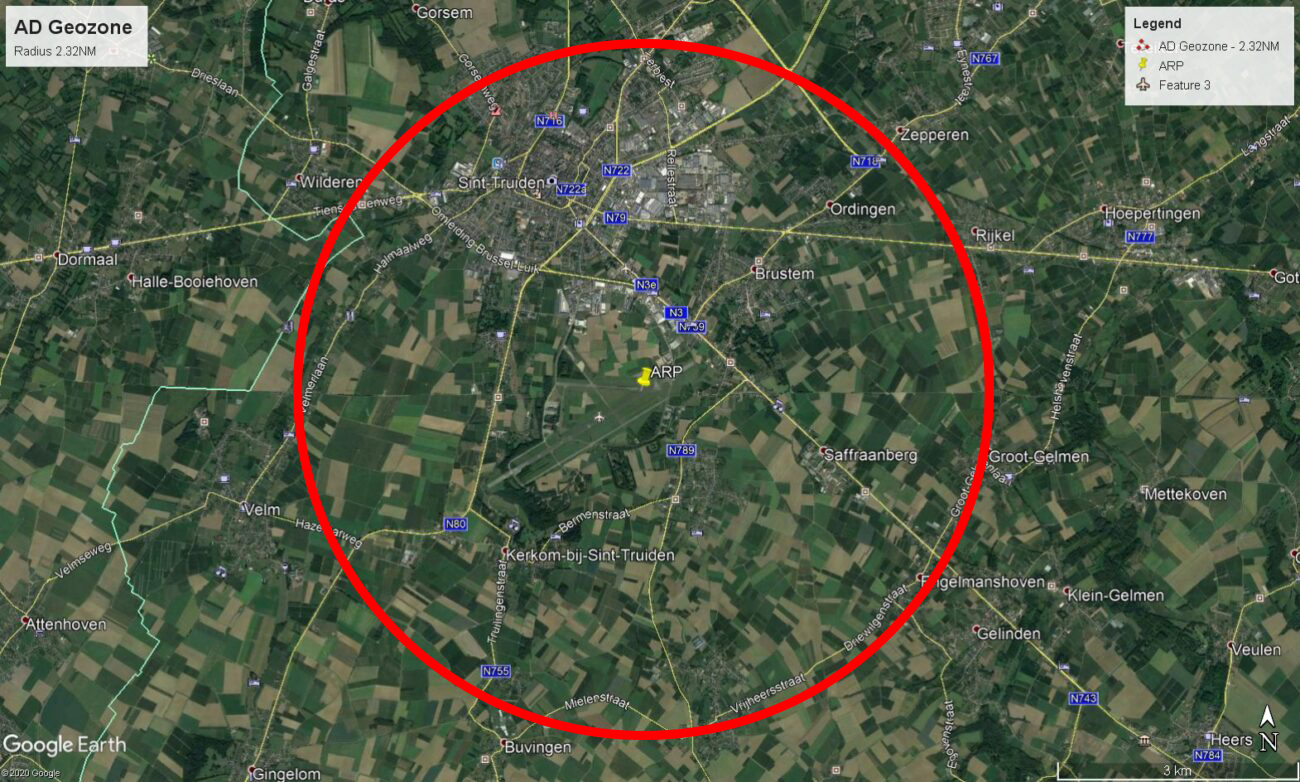UAS geographical zone
Our campus and airspace are governed by the permanent UAS geographical zone EBST – Sint-Truiden, creating a virtual boundary around our physical location. Within this boundary, air traffic is carefully managed by our dedicated traffic tower. Our outdoor zone, spanning a distance of 2.32 nautical miles (NM), encompasses the terrain and airspace beyond the EBR61, EBR62, and EBR63 areas, extending outside the airport boundary.
EBST Sint-Truiden – Brustem geozone
- Lateral limits: circle till 2.32 Nm around ARP 50°47’31’’N 005°12’06’’E
- UAS flights in this zone, but outside the context of the DronePort activities in EBR 61, 62, 63 and 64 i.a.w. UAS Geozone Entry Requirements for AD Geozone
- All UAS operations require EBST Geozone manager approval
- Slot request to be introduced by the UAS or drone operator at the latest 2 working days before the day of the flight event to ebst@droneport.eu
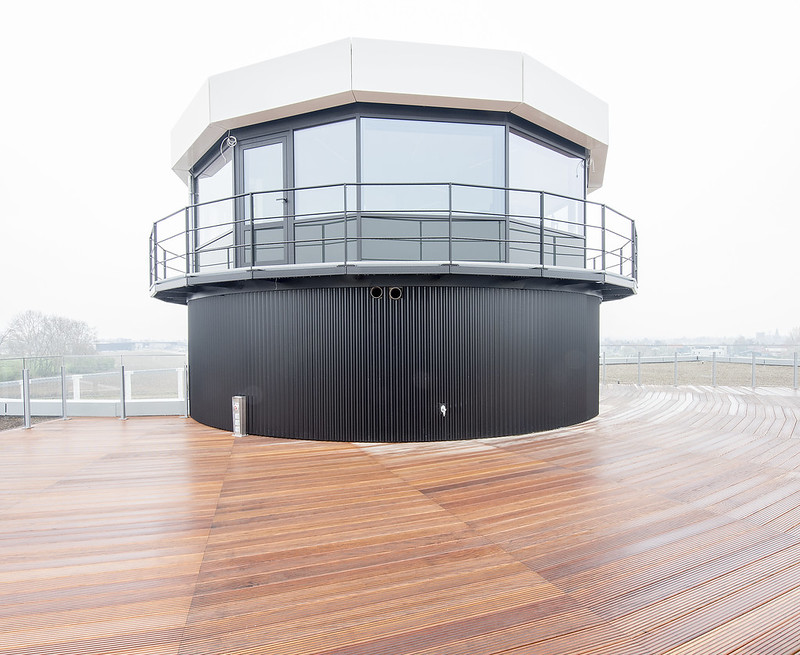
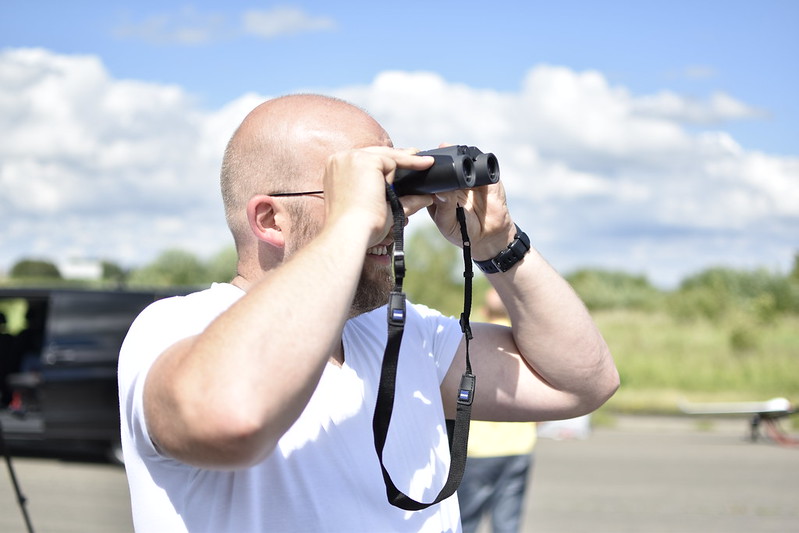
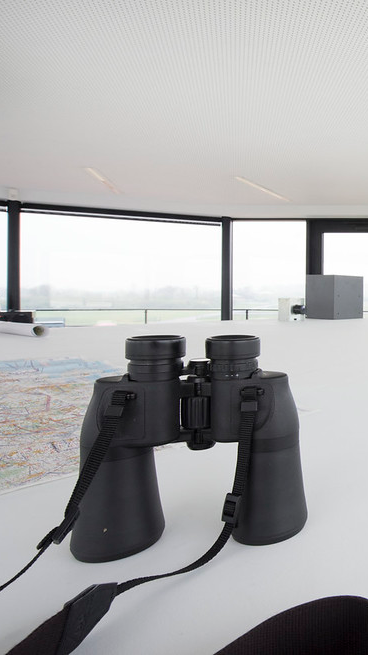

What is a UAS geographical zone?
A UAS geozone, or Unmanned Aircraft System geozone, refers to a designated area in the airspace where the operations of unmanned aircraft, such as drones, are regulated or restricted. These geozones are established to ensure the safe and controlled integration of UASs and drones into the airspace, particularly in areas with high aviation activity, sensitive locations, or where specific airspace management is required.
We are located in the ‘EBST Sint-Truiden’ geozone. It serves as a designated area where UAS and drone operations are subject to certain rules and regulations. The geozone helps manage the airspace and ensures the safe coexistence of UASs and drones with other airspace users, such as manned aircraft.
It’s important for operators to familiarize themselves with the regulations governing UAS geozones like ‘EBST Sint-Truiden’ before conducting any flights within these areas. Compliance with these rules helps maintain a harmonious integration of UASs and drones into the airspace and promotes the safe and responsible use of unmanned aircraft systems. More information geozones can be found on the website of the Belgian Civil Aviation Authority and an overview of the currently active UAS geographical zones can be found at Droneguide.
How to access?
Within the ‘EBST Sint-Truiden’ UAS geozone, operators are required to adhere to specific guidelines and procedures to ensure the safety of both the airspace and people on the ground. These guidelines may include altitude restrictions, flight speed limits, no-fly zones, and other operational limitations depending on the specific requirements of the area.
The establishment of UAS geozones like ‘EBST Sint-Truiden’ is a result of increased UAS and drone usage and the need for effective airspace management. By defining specific areas with regulations tailored to the local environment, authorities aim to mitigate risks associated with UAS and drone operations, protect critical infrastructure, safeguard public safety, and maintain the privacy and security of individuals and properties.
It’s worth noting that UAS geozones can vary from one location to another, as they are established based on local requirements, aviation infrastructure, and other factors specific to the area. UAS and drone operators should always consult official sources, local aviation authorities, or drone regulatory bodies to obtain the most up-to-date information regarding UAS geozone regulations in their respective regions.
